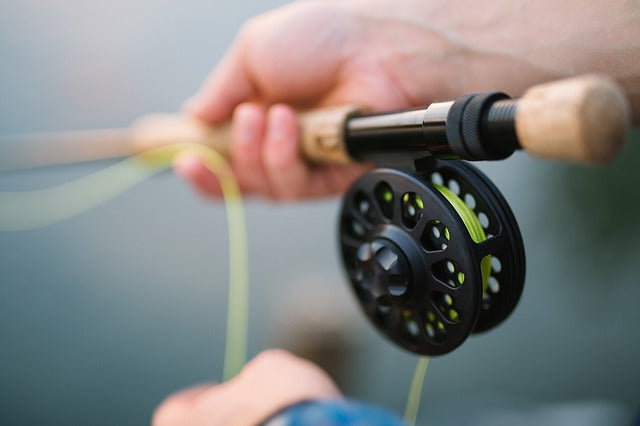All anglers know the importance of executing a proper fishing knot whenever you’re out in the water. If you’ve recently taken up fishing as a hobby, then you need to practice how to properly tie a knot on your fishing tackle if you want to get a good catch. Here are some fishing knot tips that you should know about before you venture out on your fishing expedition.
Choosing the Right Knot
It might seem like a minor detail, but choosing the right knot is actually an essential part of the process. There are countless different knots you can do, each with its own use depending on the type of fishing you’ll be doing. As a rule of thumb, choose the knot that will give you the best chance of reeling in your catch.
For example, saltwater fishing typically requires a knot that puts an emphasis on strength on durability since you’re probably aiming for a bigger fish here. These types of knots will be able to hold up under increased pressure. You must also take into account the weight of the line as some knots are easier with lighter weight.
Moisten Your Fishing Line
Whenever you’re tying knots, it’s good practice to make the line moist before you begin. Lubricating your line with water will make it more supple and easier to tie a knot with. A wet line will slide easier through your loops. Let it dry for a few minutes to strengthen the knot’s integrity. Most anglers dip their lines in the water or just use saliva to moisten it.
Slowly Tighten Your Knot
If you take a look at an expert angler, they can tie a knot effortlessly in just a few seconds. But if you’re still new to this, it’s best to slow down a bit whenever you’re cinching or tightening the lines. Slowing down allows you to tighten the knot neatly and properly. It’s crucial to line the knot precisely side-by-side and don’t let them overlap and rub against each other. This needs a steady amount of pressure. Finally, pull the mainline and tug on the other end at the same time until you feel the fishing knot is snug.
Check the Strength of Your Line
After successfully tying your knot, you have to grab your fishing tackle on one hand while giving the mainline a hard pull with the help of your other hand. It’s best to pull the line hard at least a couple of times to check if it’s strong enough to handle wiggling fish in the water. A couple of hard tugs should be enough to test and verify if your handiwork is solid enough to be used for fishing.
Conclusion
Learning these knot-tying tips can make your first fishing experience a lot easier. Try practicing a few knots first before you go out just to get a better idea of how it goes. Knowing a few different knots beforehand is actually good and will help you adapt quickly. A good angler practices a lot and makes sure that their knots are strong enough for any situation.
If you’re having trouble holding your line and your hook properly while tying a knot, you probably need a fishing hook tool to help you. This is where Hook-Eze comes in handy. Hook-Eze is perhaps one of the best fish knot tying tools out there for anglers, fishermen, and fishing enthusiasts. You never have to worry about hooks slipping out of your hand and injuring yourself. Order the Hooke-Eze fish knot tying tool today!
